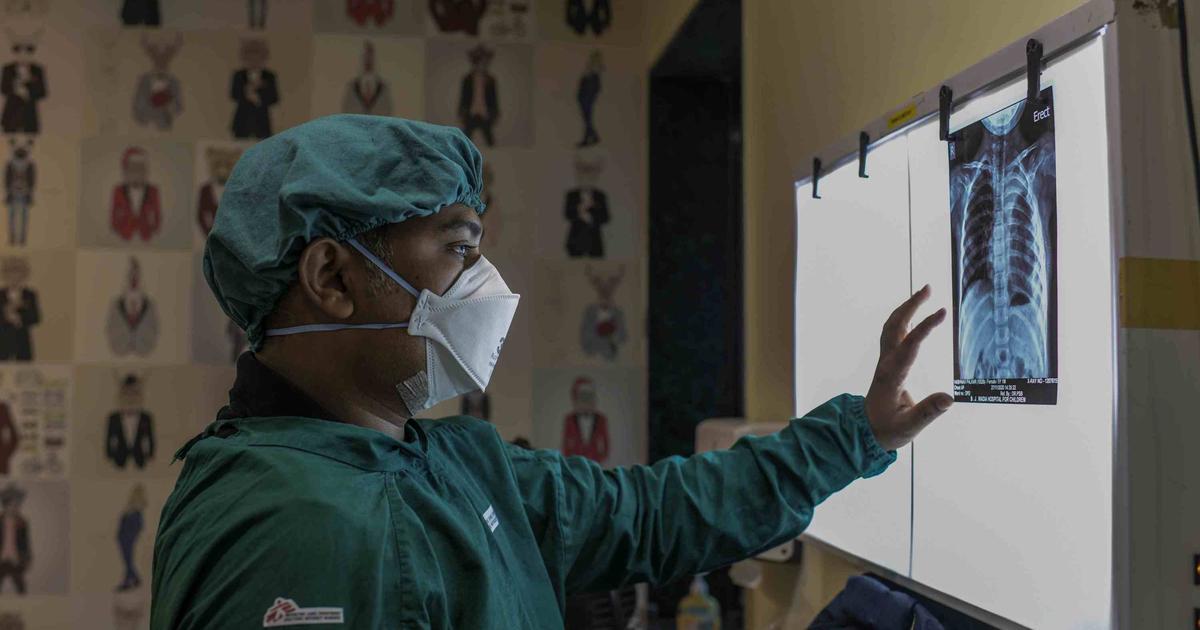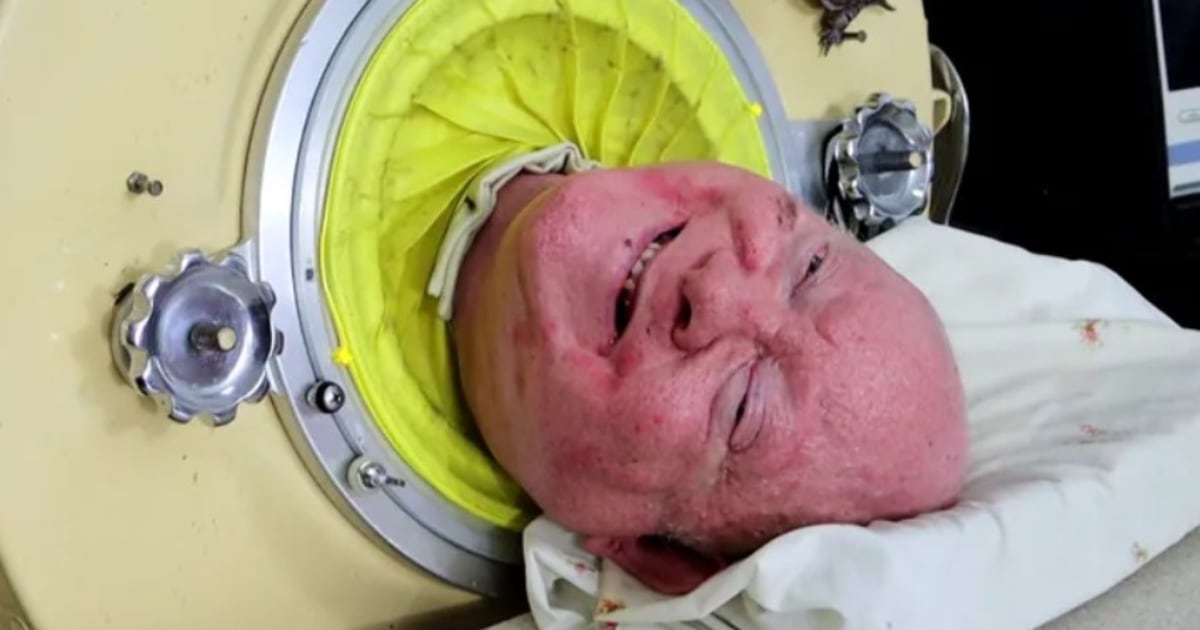Testing positive for COVID-19 does not always mean being infected, and here's why.
According to the World Health Organization, the fact that a person tests positive more than once does not mean that they have been infected with the disease again, as they have found that some people after having tested negative in coronavirus, after a week, two, or even more, they test positive again.
This, according to
Maria Van Kerkhove
, an epidemiologist at the WHO, is due to a process in the lungs.
"What actually happens is that while the lungs heal, some dead cells from the lungs are expelled. It is those fragments of the lungs that are testing positive," Van Kerkhove explained to the BBC.
And the fact is that the polymerase chain reaction tests (RT-PCR) -with which small segments of DNA are copied- are those recommended by the WHO to confirm cases of the disease, since they directly detect RNA (ribonucleic acid ), that is, the genetic material of the virus, in samples taken from patients.
Watch the related video:
Why do some people test positive for COVID-19 several times as happened to Nahuel Guzmán?
In this way, the positive result in second tests after the recovery of some affected "is not the infectious virus, it is not reinfection, it is not a reactivation, it is actually part of the body's healing process, which is captured by the test and it is positive ", warned the infectologist.
Under this premise, experts point out that most people only remain infected for about a week, but the test could still be positive weeks later.
In addition to this, a study by the University of Oxford suggests that this fact could be overestimating the real and current scale of the pandemic.
But, on the other hand, they warn that another type of
test
different from RT-PCR and with less sensitivity, runs the risk of not detecting all cases.
Watch the related video:
COVID-19: What should a person do while waiting for their test results?
Given this, Professor
Carl Heneghan
, one of the authors of the research, indicated that, instead of giving a positive or negative result, the tests should have a limit in which small amounts of the virus do not cause a positive, since when you get tested for coronavirus, you get a 'yes' or a 'no', but there is no indicator of how much virus was detected in the sample and if it is an active infection.
"A person with a lot of active virus and another with only small fragments remaining from a past infection give the same result: positive," he told the BBC.
However, he noted that the infectivity of SARS-CoV-2 appears to decrease after about a week, adding that, although it would not be possible to verify all tests to detect whether the virus was active or not, the number of false positives could be reduced. if scientists established a cut-off point.
"This could prevent a person from testing positive when in reality only the remnants of a past infection have been detected," he added.
See also:
Hispanics are twice as likely to test positive for COVID-19, study reveals
Detect irregularities in the handling of COVID-19 tests in the Quest laboratory
Related Video: CDC Changes its COVID-19 Testing Guidance Again, Here's What You Need to Know!









